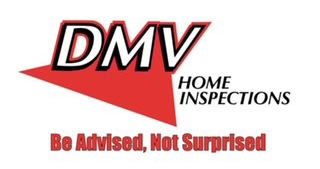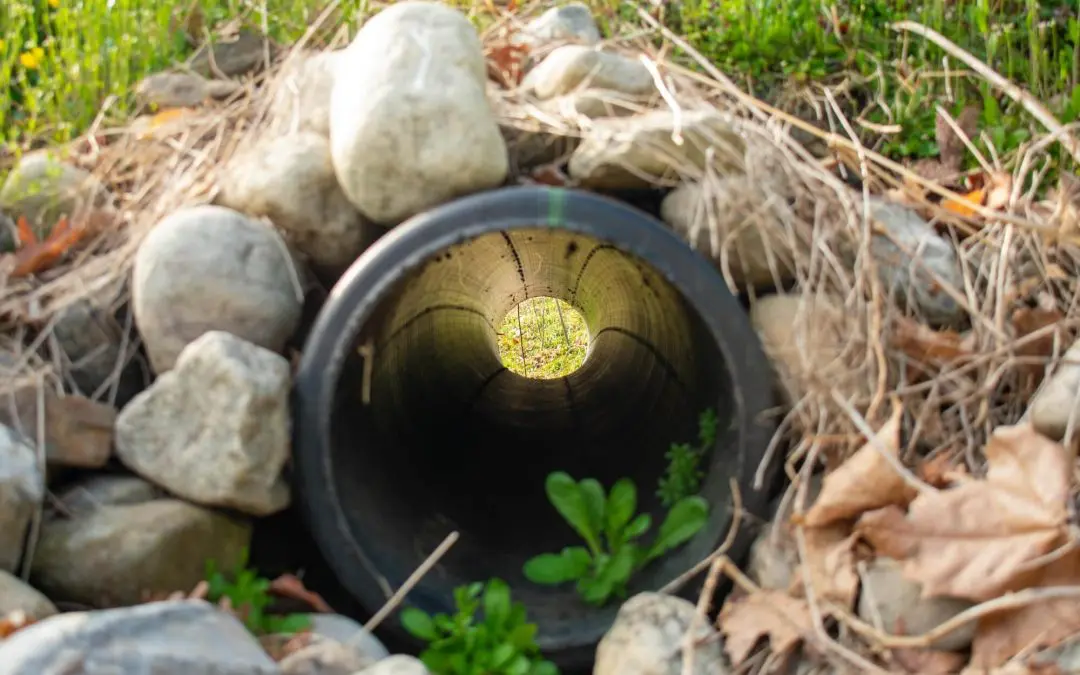Proper drainage is crucial for maintaining your property’s health and longevity. Inadequate drainage can lead to many problems, including water accumulation, soil erosion, and damage to your home’s foundation. We’ll explore several effective strategies to improve drainage on your property, ensuring it remains dry and structurally sound.
1. Assess Your Property’s Current Drainage
The first step in improving drainage is understanding how water flows on your property. During a rainstorm, observe where water accumulates and how it travels. Common issues include water pooling near the foundation or in certain areas of your yard. This initial assessment will help you identify the key areas that need attention.
2. Improve Soil Permeability to Improve Drainage on Your Property
Clay-heavy soil can impede water flow, causing surface water to pool. Consider amending your soil with organic material such as compost or peat moss to enhance soil permeability. This will help water infiltrate the soil more effectively. Regularly aerating your lawn can prevent the soil from compacting, allowing water to seep through.
3. Install Proper Grading
Grading involves shaping the land to encourage water to flow away from your home. The ground should slope away from your house at a minimum gradient of 5% (or six inches of slope over a 10-foot span). If your property does not have this natural slope, you might need to bring in fill dirt to reshape the terrain.
4. Use French Drains to Improve Drainage on Your Property
Installing a French drain can be particularly effective for areas with severe drainage issues. A French drain is a gravel-filled trench that includes a perforated pipe. This setup redirects water away from saturated areas and disperses it in designated locations, such as a storm drain or a dry well.
5. Create Swales
Swales are shallow, grassy channels that help direct water away from your property while also filtering out pollutants and sediment. These can be particularly useful in rural or suburban areas where there’s more land to manage water runoff naturally. Planting vegetation in swales can further assist in absorbing and filtering water.
6. Install Rain Barrels to Improve Drainage on Your Property
Rain barrels can be attached to your gutter downspouts to collect rainwater from your roof. This helps manage excess water and provides a sustainable water source for gardening. Ensure that the overflow from the barrels is directed away from your home’s foundation.
7. Regularly Maintain Gutters and Downspouts
Clogged gutters and downspouts can lead to water spilling over and pooling around your home’s foundation. Clean your gutters at least twice a year and repair any damaged parts. Extending your downspouts can also help by directing roof runoff further away from your home.
8. Consider Permeable Paving
Consider using permeable paving materials such as pervious concrete, pavers, or natural stone with gravel gaps for driveways, patios, or walkways. These materials allow water to pass through the surface into the ground beneath, reducing runoff.
Improving your property’s drainage requires observation, strategic planning, and occasional maintenance. Implementing these strategies protects your property from water damage and creates a more sustainable landscape. Remember, if you’re unsure how to proceed with major changes like grading or French drains, consulting with a professional landscaper or civil engineer can provide tailored advice.
FAQs About Drainage on Your Property
Are there any plants that can help improve drainage?
Yes, deep-rooted plants like willows or certain grasses can help absorb excess water and improve soil drainage. Consult with a local nursery to find the best plants suited to your area’s climate and soil type.
How often should I aerate my lawn to improve drainage?
Aerating your lawn at least once a year, typically in the spring or fall, can help improve water penetration, especially in compacted or clay-heavy soils.
Can improper drainage affect my property’s value?
Yes, chronic drainage issues can lead to serious structural damage over time, decreasing your property’s market value and appeal.
What are the legal considerations for redirecting runoff water?
In many areas, regulations govern where and how runoff can be directed to prevent flooding or damage to neighboring properties. Always check local zoning laws and ordinances before modifying your property’s drainage.
DMV Home Inspections offers inspections for homebuyers and sellers in the Washington, DC, metro area. Contact us to schedule our services.

